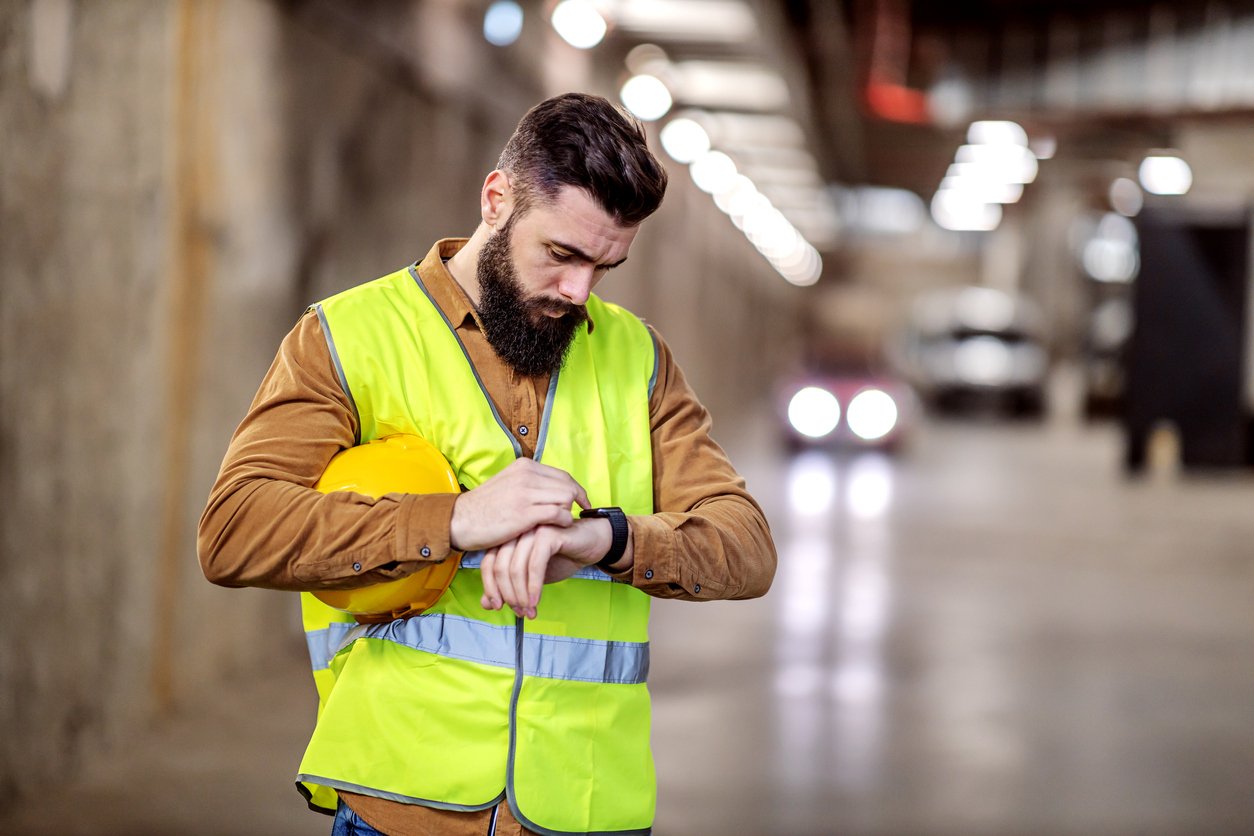‘Wearables’, The New Generation of Safety?

Private-sector employers reported 2.7 million nonfatal workplace injuries and illnesses in the latest verified data from 2020 via the Bureau of Labor Statistics (BLS). It is approximated that the current rate of injury incurred is 2.2 injured workers per every 100 full-time workers. Healthcare workplace injury numbers were the highest, which is likely attributed to the immense pressures on healthcare staff due to covid-19. Along with the healthcare and social assistance sector, manufacturing, retail, warehouse, and construction trades also saw the highest numbers of injuries among all economic sectors.
High Risk Professions
Despite safety standards continuing to evolve and improve, a U.S. worker is injured on the job every seven seconds, according to the National Safety Council. While workplace injuries are generally declining, industries such as construction, warehousing, and similar lines of work consistently remain high risk. To reduce injuries and modernize worker safety, several industry leaders have looked to ‘wearables’ to close existing safety gaps.
What is a Wearable?
‘Wearables’ refers to innovative device’s workers can wear that monitor their bodily movements and identify ergonomic issues. These devices aim to detect an unsafe movement exerted by the body. Whether that be an unsuitable bend or overreach, the mechanism will alert the worker of an overexerted action. The warning also transmits data to the employer that could help with exploring solutions to specific departments experiencing higher rates of injuries. Findings could allow for more safety procedures to be put into place or provide workers a platform to alter their work habits to reduce the chances of an injury. So far some smaller scale studies do show general improvements in worker safety when utilizing ‘wearables.’
Wearable Concerns
Although these devices have untapped potential, there is some concern surrounding individualization that should prompt industry leaders to proceed with mild levels of caution. ‘Wearables’ may tend to consolidate to a one-size-fits-all solution rather than consider individual movement features. Each person holds their own unique characteristics for how they move and function. With work methods differing from person to person, ‘wearables’ may need to be limited to only the highest risk occupational duties until technological advances are more sound. Inclusion of mechanisms such as artificial intelligence (ai) could aid in this endeavor but would require more substantial application and evaluation before proceeding. Researchers believe that privacy issues should also be factored into the equation as the devices would be put on the worker’s body which can be viewed as invasive.
Advancements in Injury Reduction Technology
Overall, injury reduction technology such as ‘wearables’ holds the potential to make its way into the mainstream, particularly in industries where higher levels of physical labor and increased hazards are involved. For now, ‘wearables’ devices are still in their beginnings and remain a costly option for most employers. Advancements in technological capability will hopefully continue to reduce injury and produce supportive research to better protect American workers. However, ‘wearables’ will likely require more study to ensure injury mitigation techniques can be better developed and understood. Experts believe ‘wearables’ could significantly aid workers in keeping safe but should only be utilized as tools and not as a replacement for proper safety protocols or the need for a culture with a robust emphasis on safety.
Other Posts You Might Be Interested In
Subscribe to email updates
Stay up-to-date on what's happening at this blog and get additional content about the benefits of subscribing.


